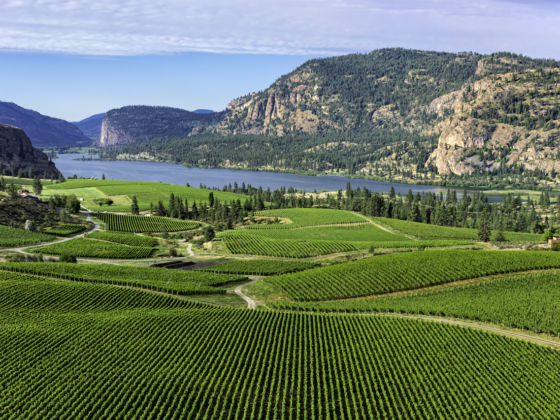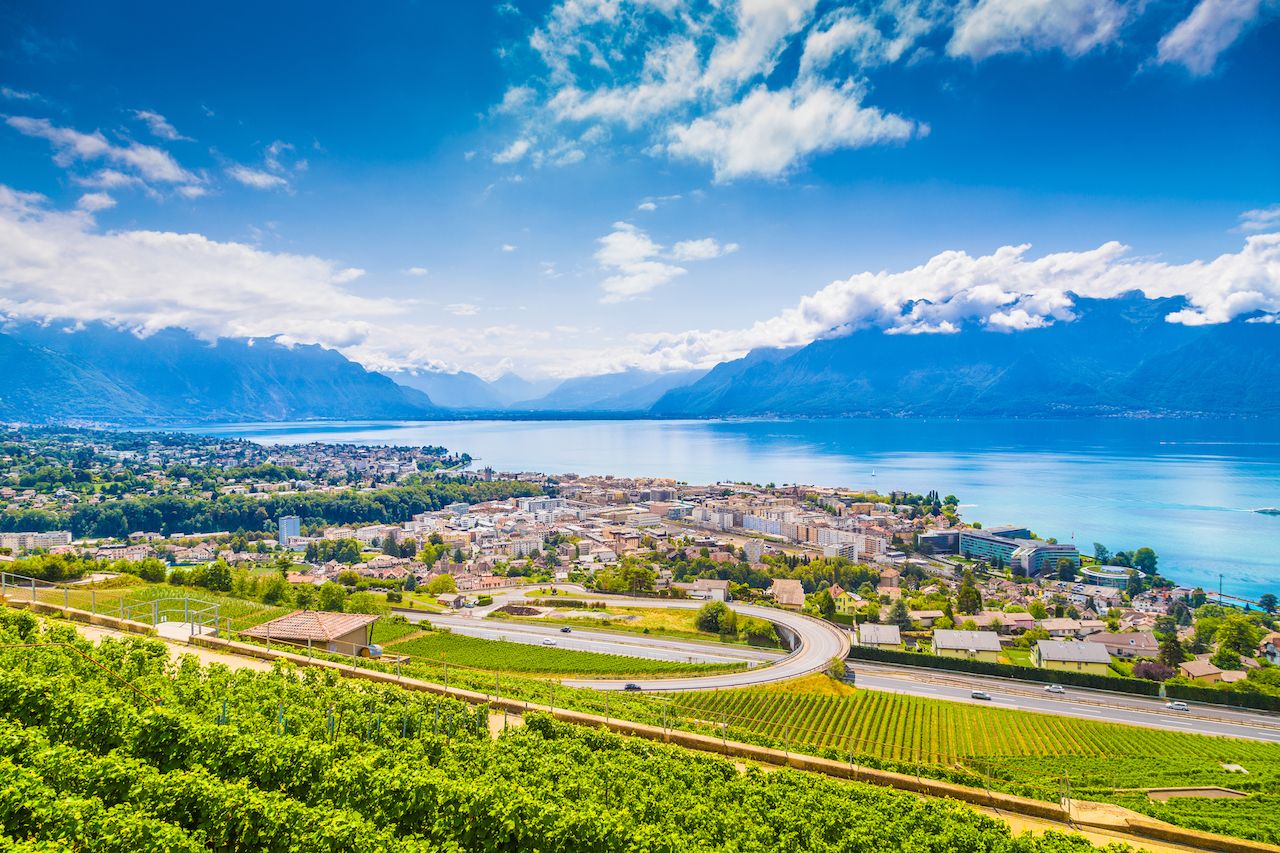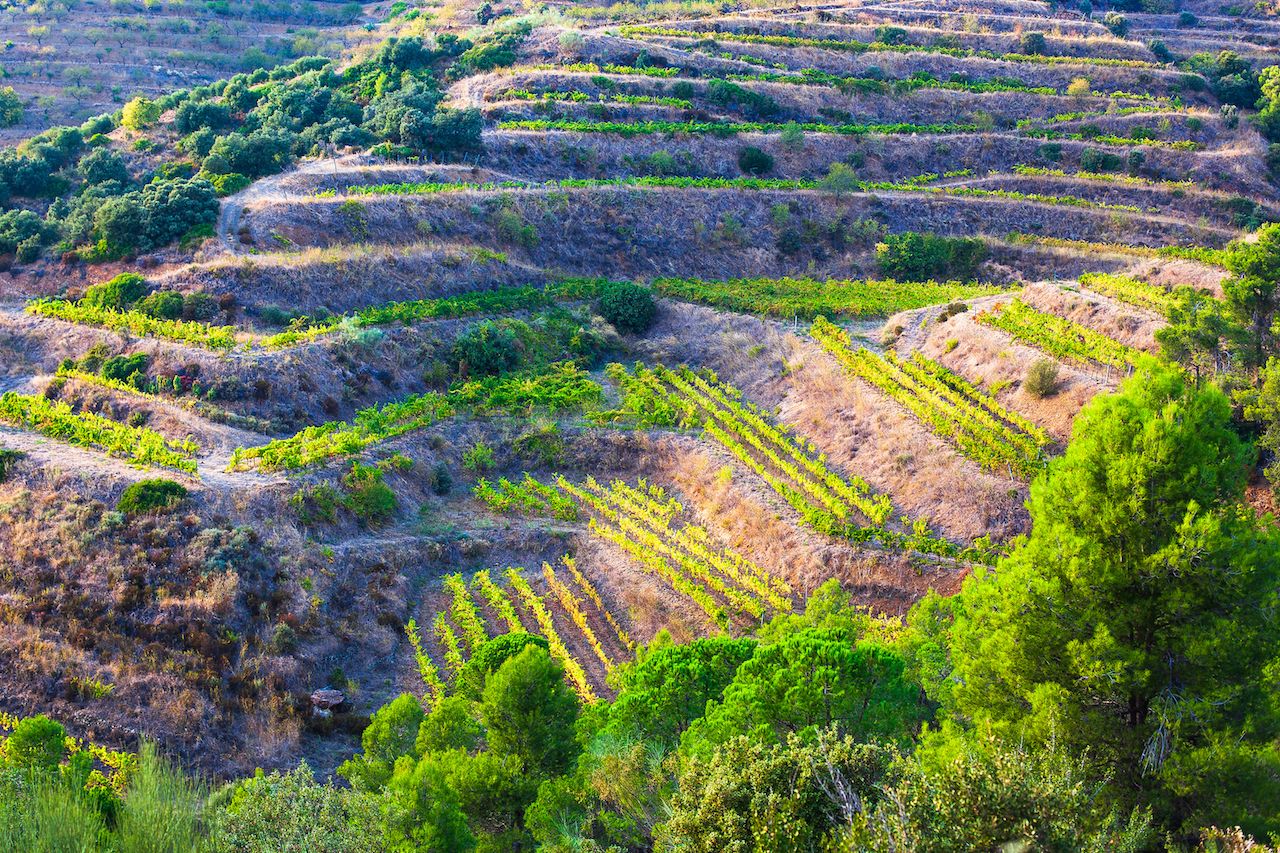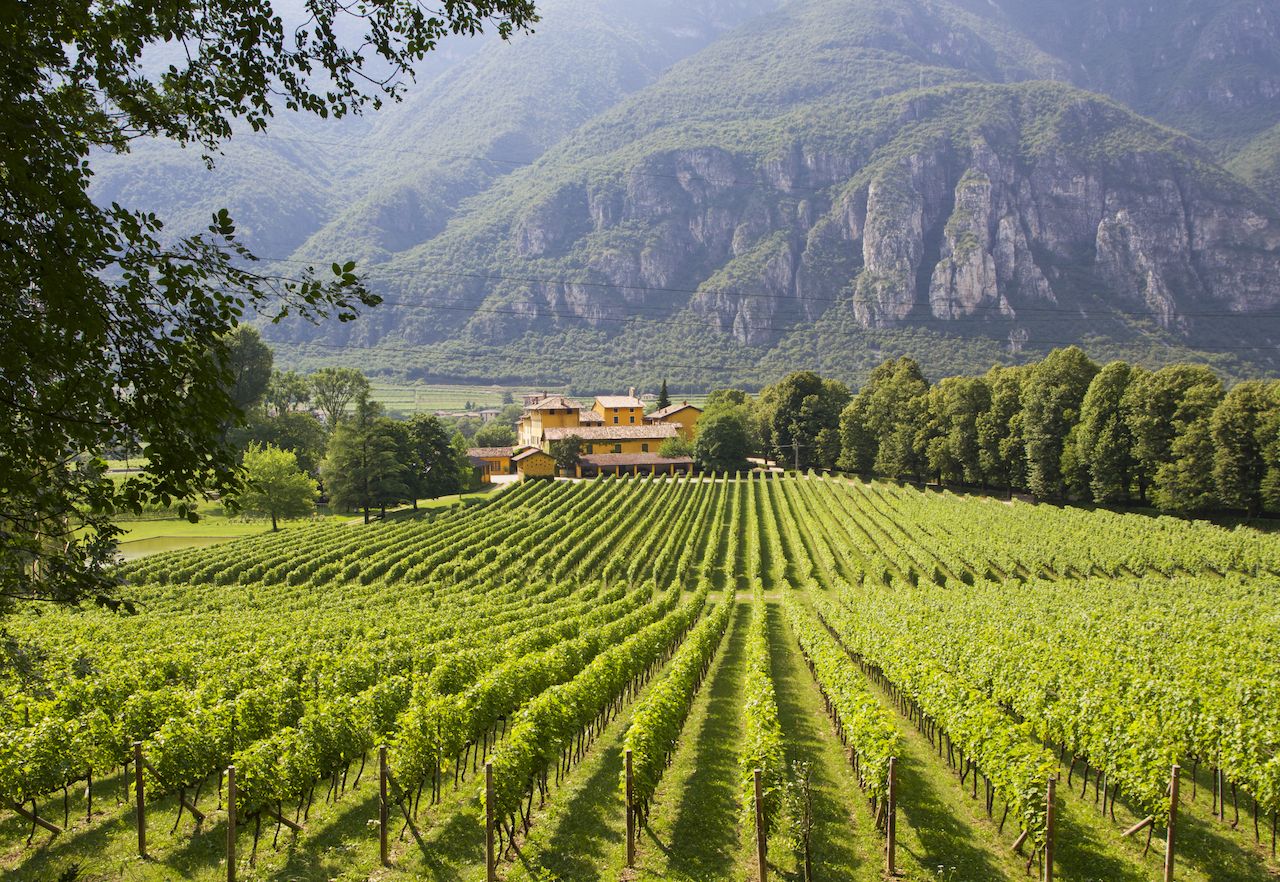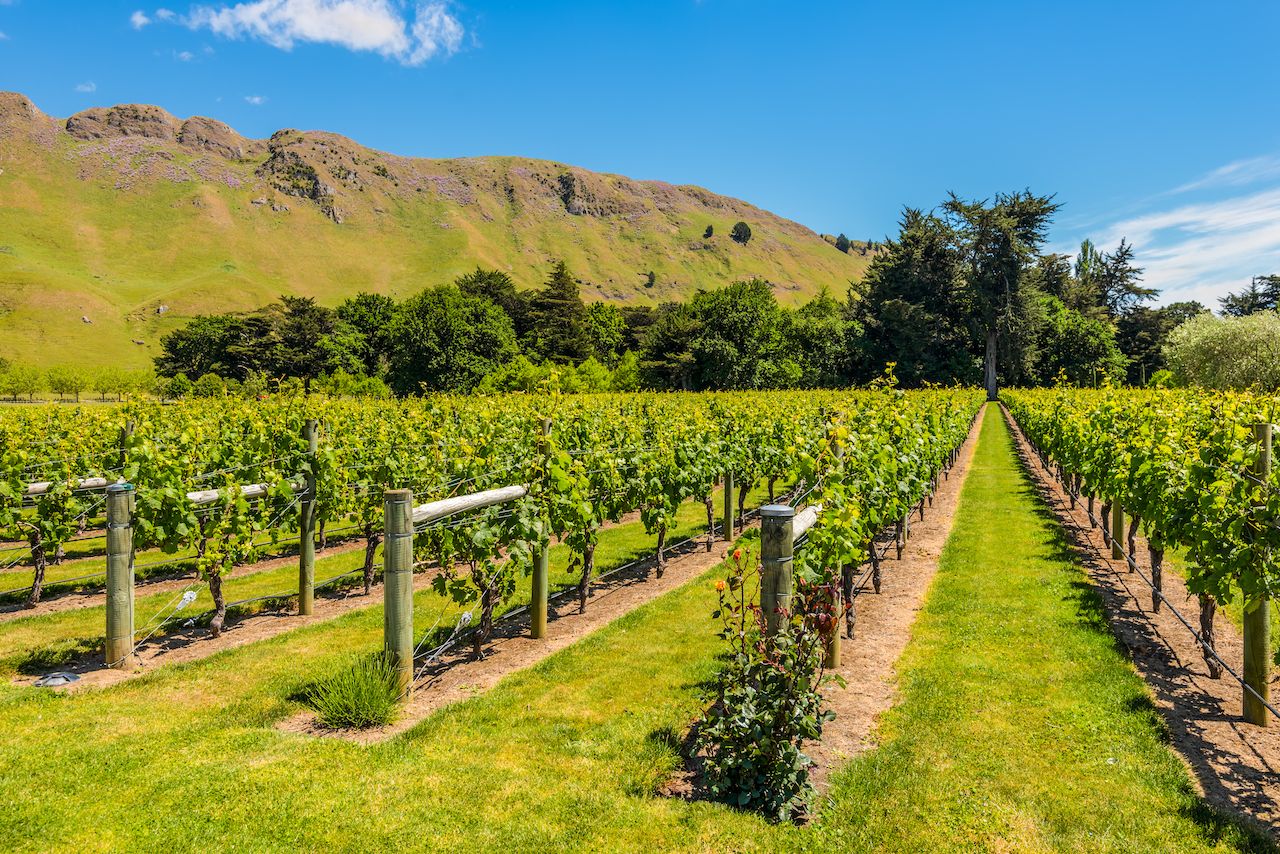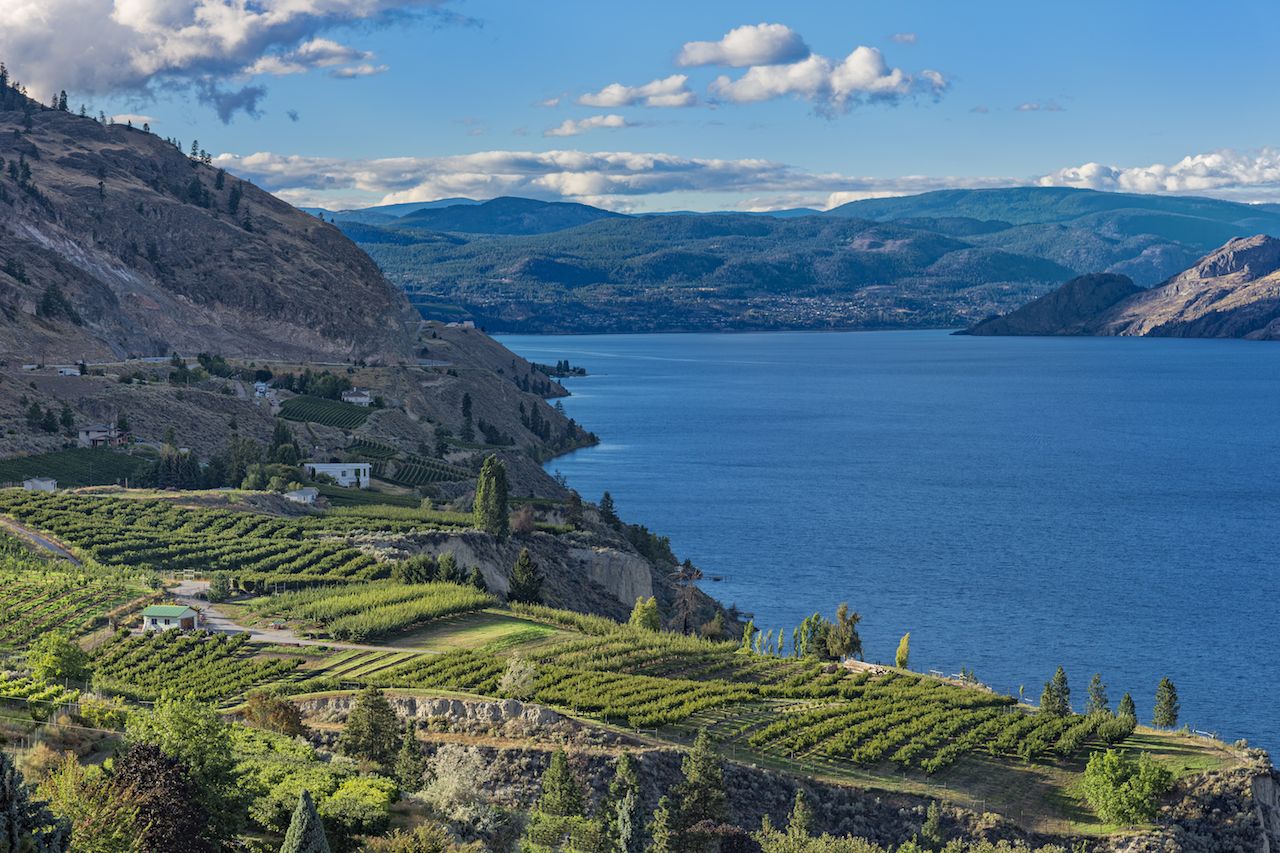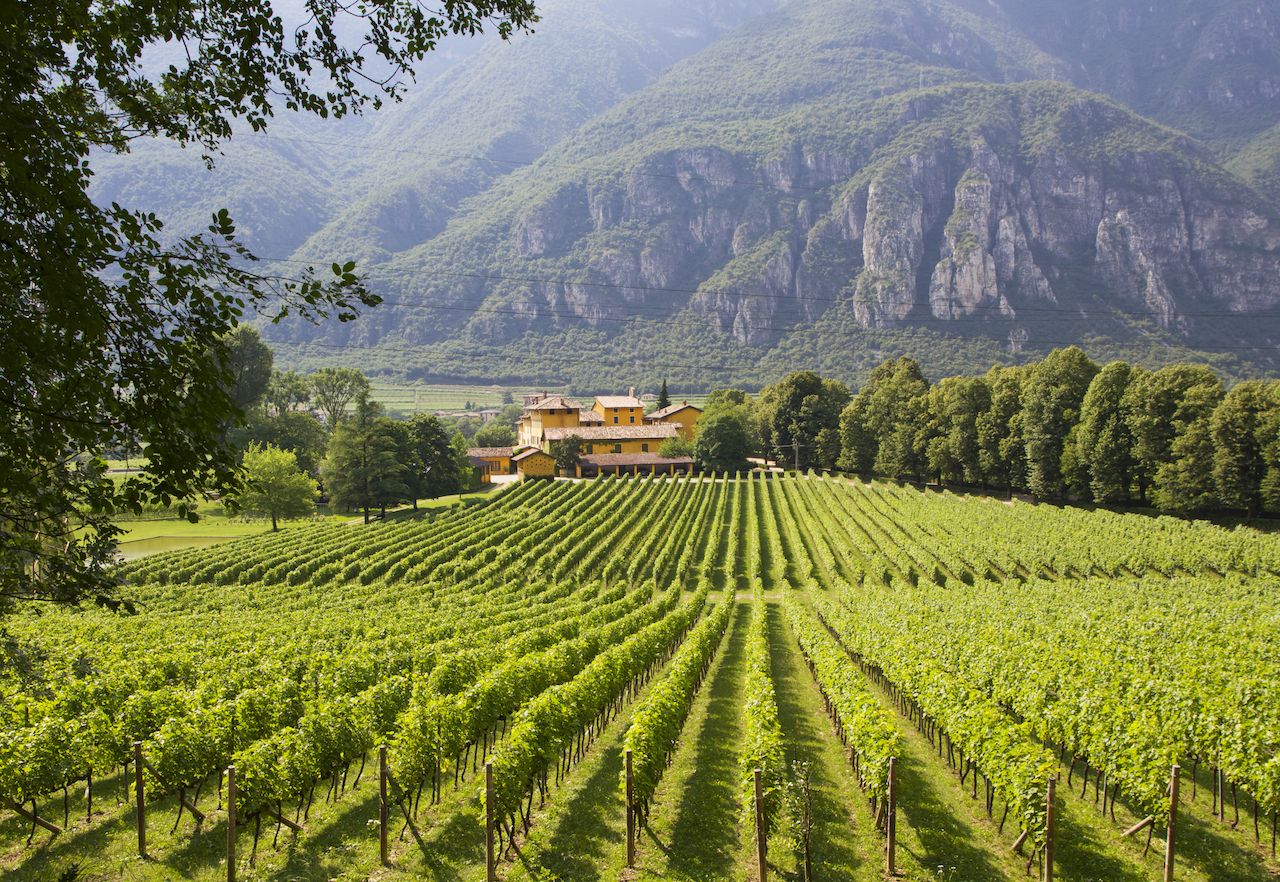There’s never a better time to drink wine than right now. Smaller wine regions like Moldova and the country Georgia are sending more wine out into the world. In the US, there are now wineries in every state, as well as wine-specific tasting rooms to show off the region’s capabilities. Traditional winemaking regions like the Languedoc in France are receiving renewed attention. Unfamiliar grapes are being brought to the forefront in new ways.
All this is to say that if you appreciate a good glass of wine — or need more good glasses of wine in your life — then 2019 is looking up. These are the best wine festivals to go to, regions to visit, and winemaking areas to buy bottles from this year. Some are small, some are established, and some are still up and coming. All, however, are worth the trip.
